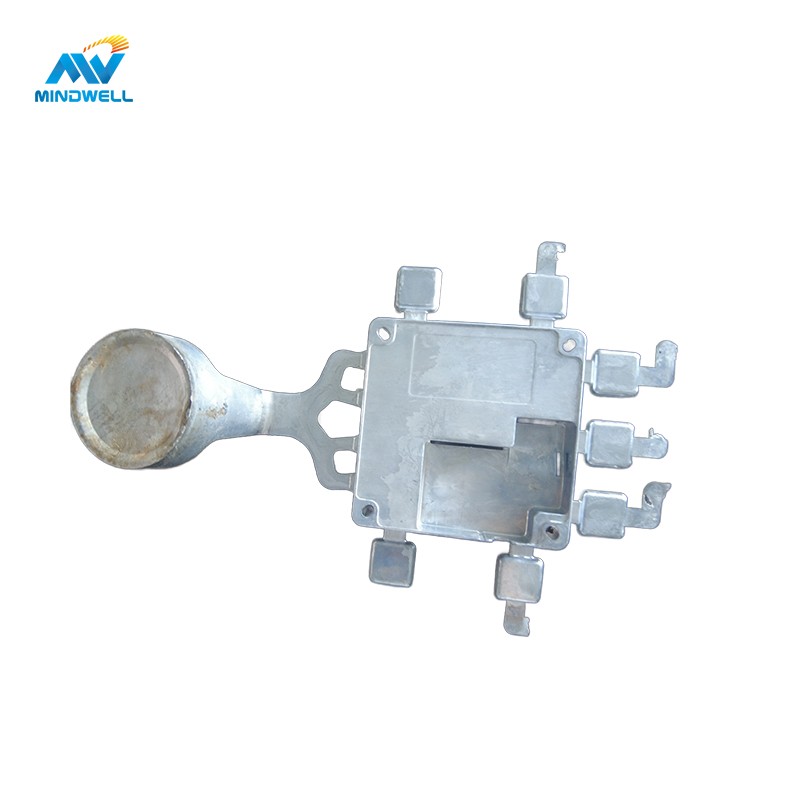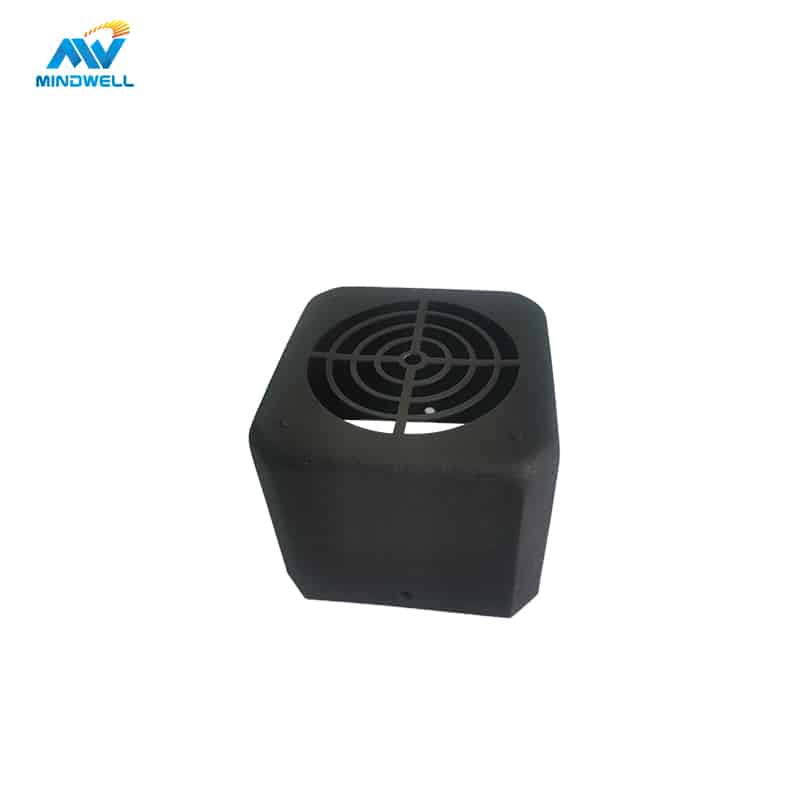
Die-casting aluminum is a processing technology that can press aluminum alloy into a pre-designed mold to make aluminum alloy products of various shapes. Due to its high strength, high precision, high complexity and other characteristics, die-cast aluminum products are widely used in various fields such as automobiles, electronics, and machinery.
Оглавление
What is the relationship between die-cast aluminum and raw aluminum?
Raw aluminum refers to the raw material of aluminum, and the common forms of raw aluminum are bauxite, alumina and so on. Die-casting aluminum is a product made by processing aluminum alloy into various shapes, and there is no direct relationship between the two.
what is die cast aluminum properties?
Compared with other metal materials, such as cast iron and steel, die-cast aluminum has lower density, good strength and rigidity, and good electrical and thermal conductivity, and is widely used in the automotive industry, electronic equipment and other industries. Die-cast aluminum has the following properties:
- lightweight
- high strength
- Excellent thermal conductivity
- good electrical conductivity
- Corrosion resistance
- Machinability
Overall, die-cast aluminum is an excellent material with light weight, high strength, thermal conductivity, electrical conductivity and corrosion resistance, which is suitable for a wide range of industrial equipment, accessories, transportation and other applications.
What are the advantages of die-cast aluminum products?
Compared with other materials, die-cast aluminum products have the following advantages:
- High strength: The strength of die-casting aluminum is higher than that of many other materials, especially at high temperatures, and its mechanical properties are more prominent.
- High precision: The manufacturing precision of die-casting aluminum products is high, especially in complex structure and precision assembly, which is unmatched by other processing techniques.
- Good surface quality: The surface quality of die-cast aluminum is good, which can meet the needs of various high-end applications.
- Reduced weight: Die-cast aluminum has a light specific gravity and is an ideal material for manufacturing high-quality, lightweight products.
Surface treatment of die-cast aluminum
- Spraying: The appearance and corrosion resistance of aluminum die castings can be improved by spraying a layer of special paint or lacquer. Spraying can choose different colors and effects, such as glossy, matt or metallic effect.
- Electroplating: Electroplating is a method of improving appearance and corrosion resistance by attaching a thin metal film to the surface of aluminum die castings. Commonly used electroplating methods include chrome plating, nickel plating, zinc plating, etc.
- Oxidation treatment: Oxidation treatment is to immerse aluminum parts in acid electrolyte to form an oxide film on the surface of aluminum. This oxide film can improve the corrosion resistance, hardness and surface finish of aluminum parts. Common oxidation treatment methods include sulfuric acid anodizing and aluminum sulfate anodizing.
- Sand blasting/shot blasting: By means of sand blasting or shot blasting, a uniform frosting effect can be formed on the surface of aluminum die castings to increase its surface roughness and adhesion, thereby improving the adhesion and wear resistance of the coating.
- Mechanical polishing: Through mechanical grinding and polishing, the surface finish of aluminum die castings can be made higher and its visual effect can be improved.
- Anodizing: Anodizing is to form a dense oxide film on the surface of aluminum by immersing the aluminum die casting as an anode in an acidic electrolyte. This oxide film can improve the corrosion resistance, hardness and decorative effect of aluminum parts.
The above are some common surface treatment methods for die casting aluminum, and the specific choice depends on the application requirements and the desired effect. Different surface treatments can be used alone or in combination to meet specific requirements.
What grade aluminum die cast?
In die casting, the most commonly used one is A380. The A380 aluminum alloy combines mechanical properties, flowability and castability, making it ideal for die casting processes. Other aluminum alloys, such as ADC12 and A413, can also be used for die casting, depending on the specific application requirements. Let’s take a look at the differences between the grades of die-cast aluminum:
chemical composition:
A383: The main components of A383 aluminum alloy are aluminum, copper, magnesium and silicon.
A380: The main components of A380 aluminum alloy are aluminum, copper, magnesium and silicon, and the copper content is relatively high.
A360: The main components of A360 aluminum alloy are aluminum, copper and silicon.
A356: The main components of A356 aluminum alloy are aluminum, copper, magnesium and silicon, and the magnesium content is relatively high.
ADC12: The main components of ADC12 aluminum alloy are aluminum, copper, lead and silicon.
Physical properties:
Strength: A383, A380 and A360 are relatively high strength, A356 is medium strength and ADC12 is relatively low strength.
Coefficient of thermal expansion: A383, A380, A360, and A356 have relatively low coefficients of thermal expansion, while ADC12 has a high coefficient of thermal expansion.
Hardness: A383 and A380 have high hardness, while A360, A356 and ADC12 have relatively low hardness.
Application fields:
A383: Commonly used in applications requiring high strength and rigidity, such as automotive parts, electronic equipment housings, etc.
A380: Widely used in various fields, such as auto parts, electronic equipment casings, furniture accessories, etc.
A360: Commonly used in applications that require high temperature and corrosion resistance, such as automotive engine parts, aerospace components, etc.
A356: Suitable for applications requiring high strength and good corrosion resistance, such as aerospace, transportation equipment, industrial machinery, etc.
ADC12: Widely used in automotive parts, electronic equipment casings, furniture accessories and other fields.
How to identify the quality of die-cast aluminum products?
When choosing die cast aluminum products, the first factor is quality. The following are several ways to identify the quality of die-cast aluminum products:
- Look at the material: good die-cast aluminum products should use high-quality aluminum alloy materials with high purity and less impurities.
- Look at the process: good die-cast aluminum products should adopt reasonable process parameters, and excessive cooling and overheating should be avoided during the manufacturing process.
- Look at the surface: the surface of a good die-cast aluminum product should be flat and smooth, without obvious flaws and sand leakage.
в заключение
As a high-performance, high-precision, high-complexity manufacturing process, die-casting aluminum has been widely used in the field of modern technology. By understanding the relevant knowledge of die-casting aluminum and identifying the quality of die-casting aluminum products, we can better apply this advanced manufacturing technology.






